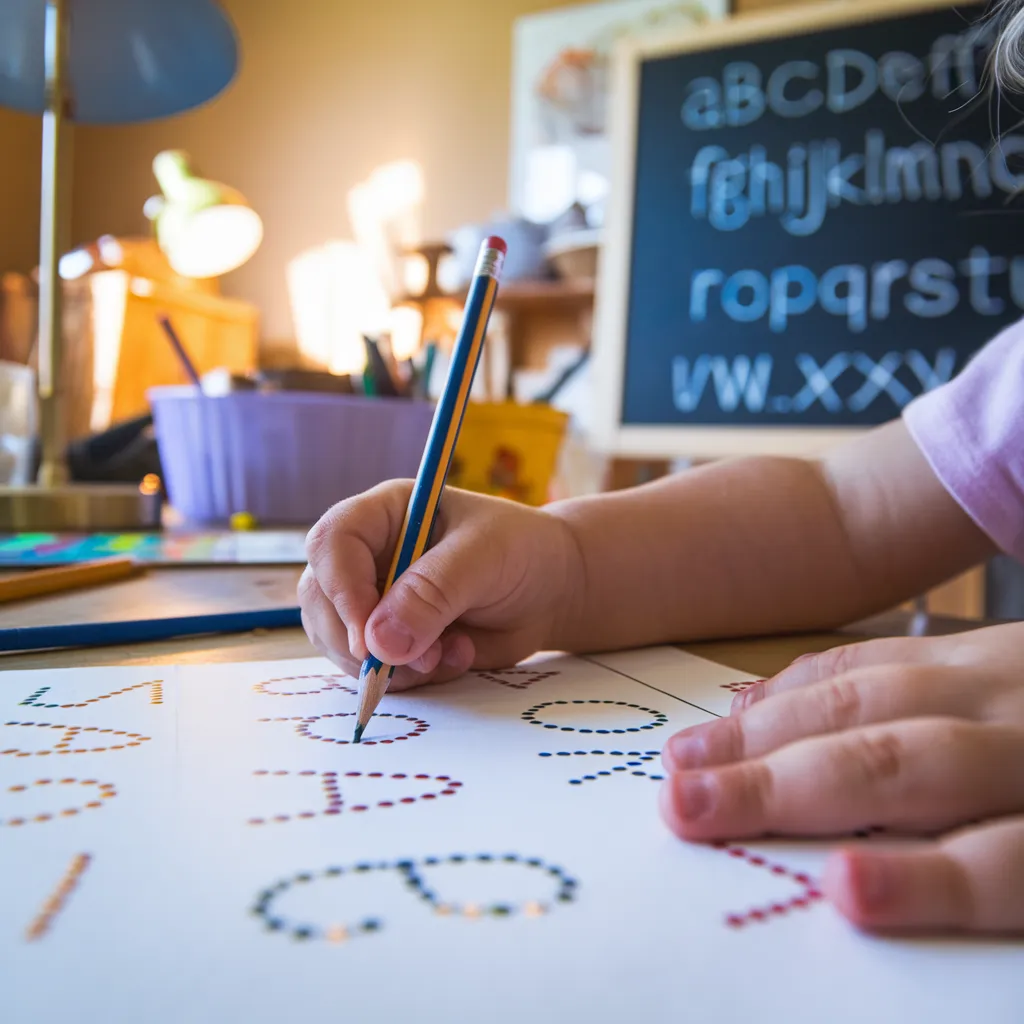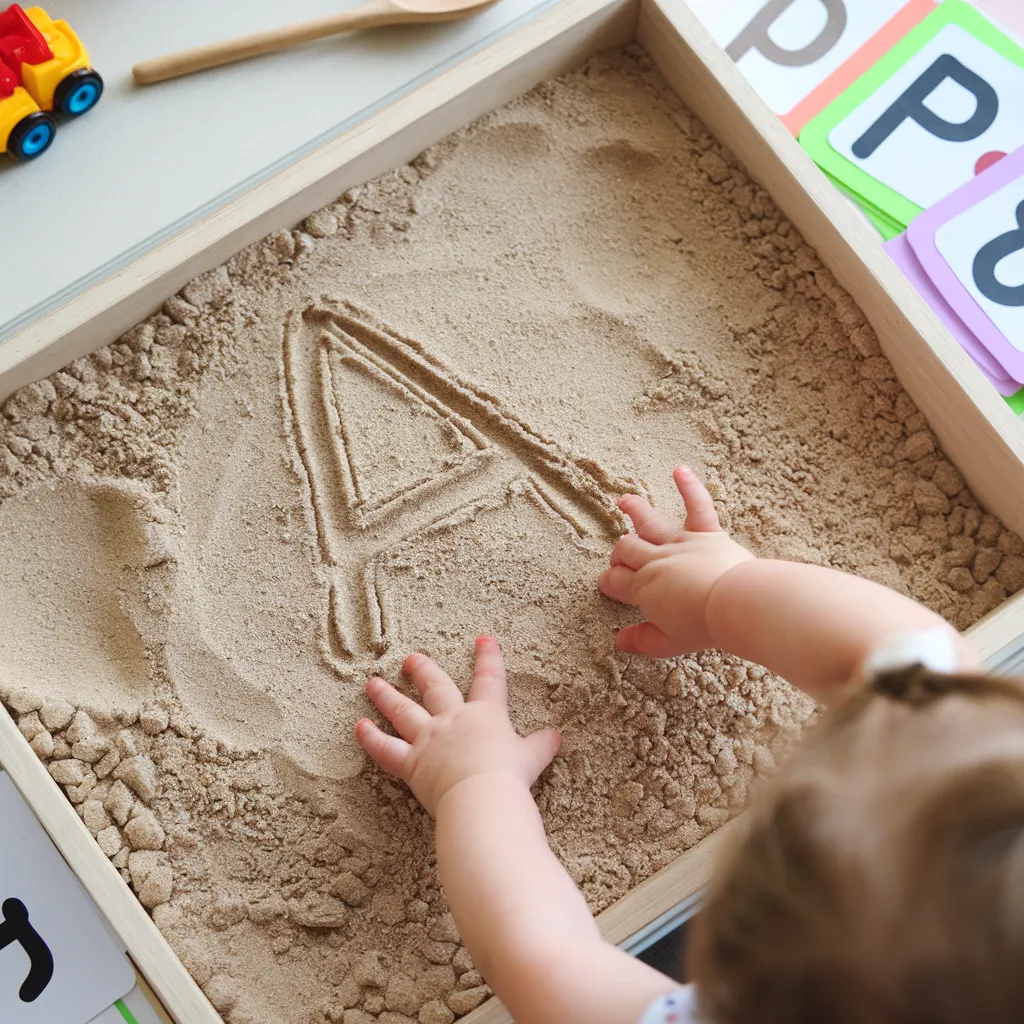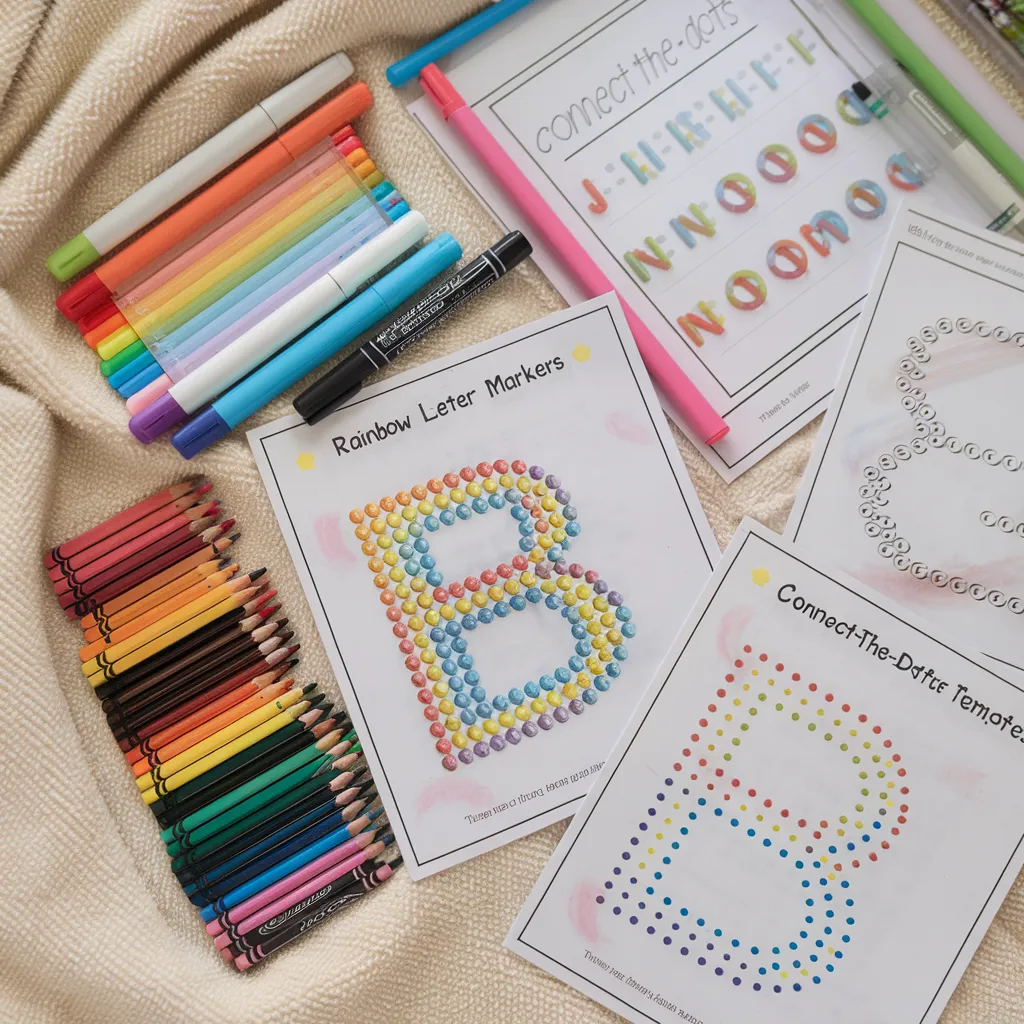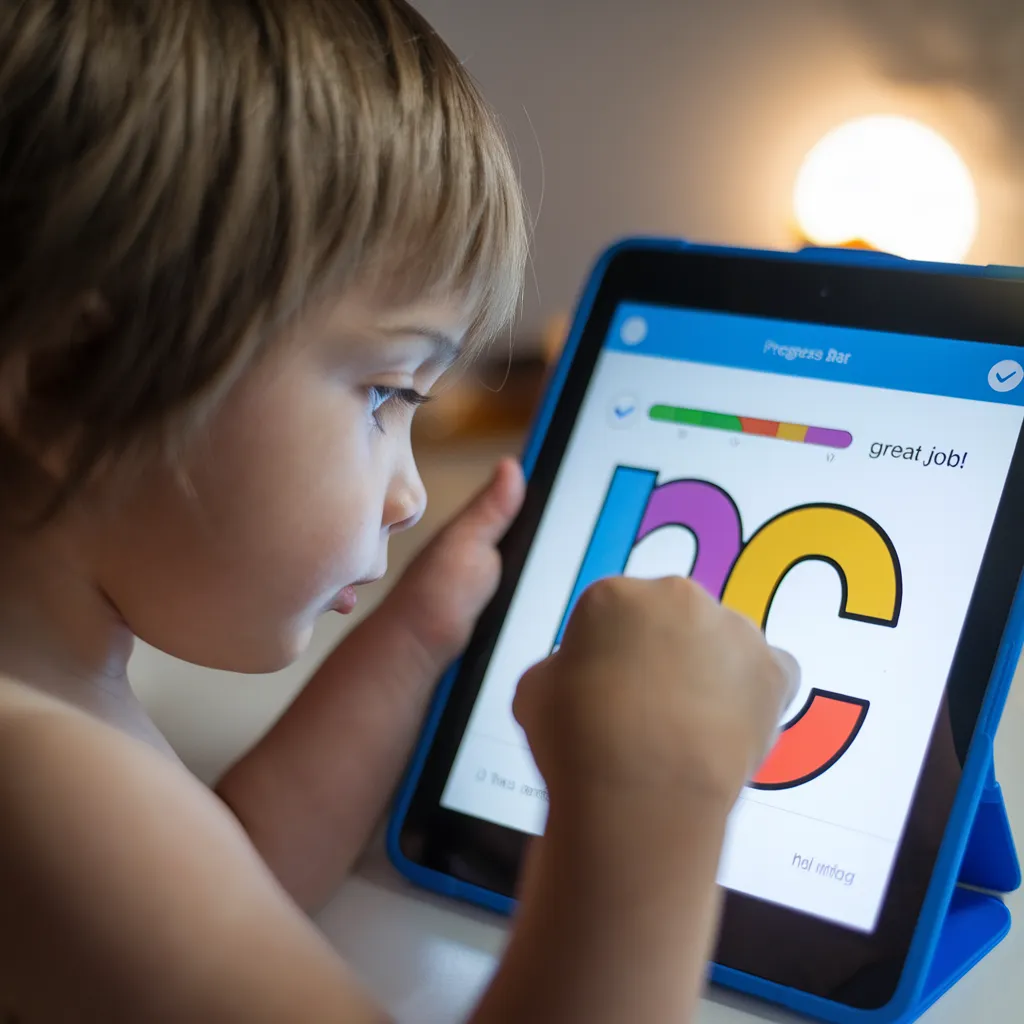Letter tracing activities form the foundation of early literacy development, helping children recognize letters and develop the fine motor skills needed for writing. Whether you’re a parent looking for at-home learning opportunities or a teacher planning classroom activities, incorporating fun and effective letter tracing exercises can make all the difference in a child’s literacy journey.

Why Letter Tracing Activities Matter for Development
Letter tracing activities do more than just teach the alphabet. They help children develop crucial pre-writing skills, hand-eye coordination, and muscle memory that will serve them throughout their educational journey. When children trace letters regularly, they:
- Build fine motor control needed for writing
- Improve letter recognition and recall
- Develop proper letter formation habits
- Strengthen hand muscles for extended writing sessions
- Boost confidence in their writing abilities
Multi-Sensory Letter Tracing Activities for Deeper Learning
The most effective letter tracing activities engage multiple senses, creating stronger neural connections and enhancing memory retention. Here are some multi-sensory letter tracing activities that make learning fun:
- Sensory Trays: Fill a shallow tray with sand, salt, or shaving cream where children can trace letters with their fingers.
- Play-Dough Letters: Roll play-dough into « snakes » and form letters, then trace along the shapes with fingers.
- Water Painting: Use a paintbrush and water to « paint » letters on a chalkboard or sidewalk, watching as they gradually disappear.
- Textured Letters: Create letters using textured materials like sandpaper, felt, or corrugated cardboard for tactile feedback during tracing.

DIY Letter Tracing Activities for Home and Classroom
Creating your own letter tracing materials doesn’t have to be complicated. Here are budget-friendly ideas that require minimal preparation:
- Laminated Tracing Sheets: Print letter templates, laminate them, and use dry-erase markers for reusable tracing practice.
- Highlighter Tracing: Write letters with a highlighter for children to trace over with a pencil.
- Rainbow Writing: Have children trace the same letter in different colored pencils, creating a rainbow effect.
- Letter Connect-the-Dots: Create dot patterns in the shape of letters for children to connect.

Letter Tracing Activities That Incorporate Technology
In today’s digital world, technology offers engaging ways to practice letter tracing:
- Tablet Apps: Many educational apps offer guided letter tracing with audio feedback.
- Interactive Whiteboards: Perfect for classroom settings, allowing teachers to demonstrate proper letter formation.
- Printable PDF Worksheets: Access thousands of letter tracing worksheets online that can be printed on demand.

Making Letter Tracing Activities Fun and Purposeful
To maintain children’s interest in letter tracing activities, consider these engagement strategies:
- Themed Tracing: Connect letter tracing to themes or topics that interest the child.
- Letter Hunts: After tracing practice, go on a « hunt » for that letter in books or around the room.
- Progress Charts: Create visual trackers where children can see their improvement over time.
- Letter of the Day: Focus on one letter per day with multiple tracing activities and related words.
Conclusion
Letter tracing activities provide a crucial bridge between letter recognition and independent writing. By incorporating a variety of tactile, visual, and auditory experiences into letter tracing practice, you help children build the confidence and skills they need for literacy success. Start with just a few minutes of daily practice, and you’ll be amazed at how quickly children progress from tracing to confident, independent writing.
Tracing Worksheets for Preschoolers
Frequently Asked Questions
At what age should children start letter tracing activities?
Most children are ready for basic letter tracing activities between 3-4 years of age. However, development varies greatly among children. Look for interest in drawing, ability to hold writing tools, and recognition of some letters as signs of readiness.
Should children learn to trace uppercase or lowercase letters first?
Many educators recommend starting with uppercase letters as they have simpler shapes with mostly straight lines. However, introducing both simultaneously while emphasizing uppercase for beginnings of names and sentences can also be effective.
How long should letter tracing sessions last?
For young children (3-4 years), aim for 5-10 minute sessions. As children develop more stamina and interest (ages 5-6), sessions can extend to 15-20 minutes. Multiple short sessions throughout the day are more effective than one long session.
What if my child resists letter tracing activities?
If a child shows resistance, try different approaches. Switch to more playful methods like tracing in shaving cream or sand, incorporate favorite characters or themes, or take a break and try again later. Never force letter tracing, as this can create negative associations with writing.
How can I help my child transition from tracing to writing independently?
Start by using dotted lines for support, then gradually fade to lighter dots, then starting dots only. Provide plenty of encouragement for approximations, focusing on effort rather than perfection. Celebrate when children attempt to write letters independently, even if the formation isn’t perfect.
